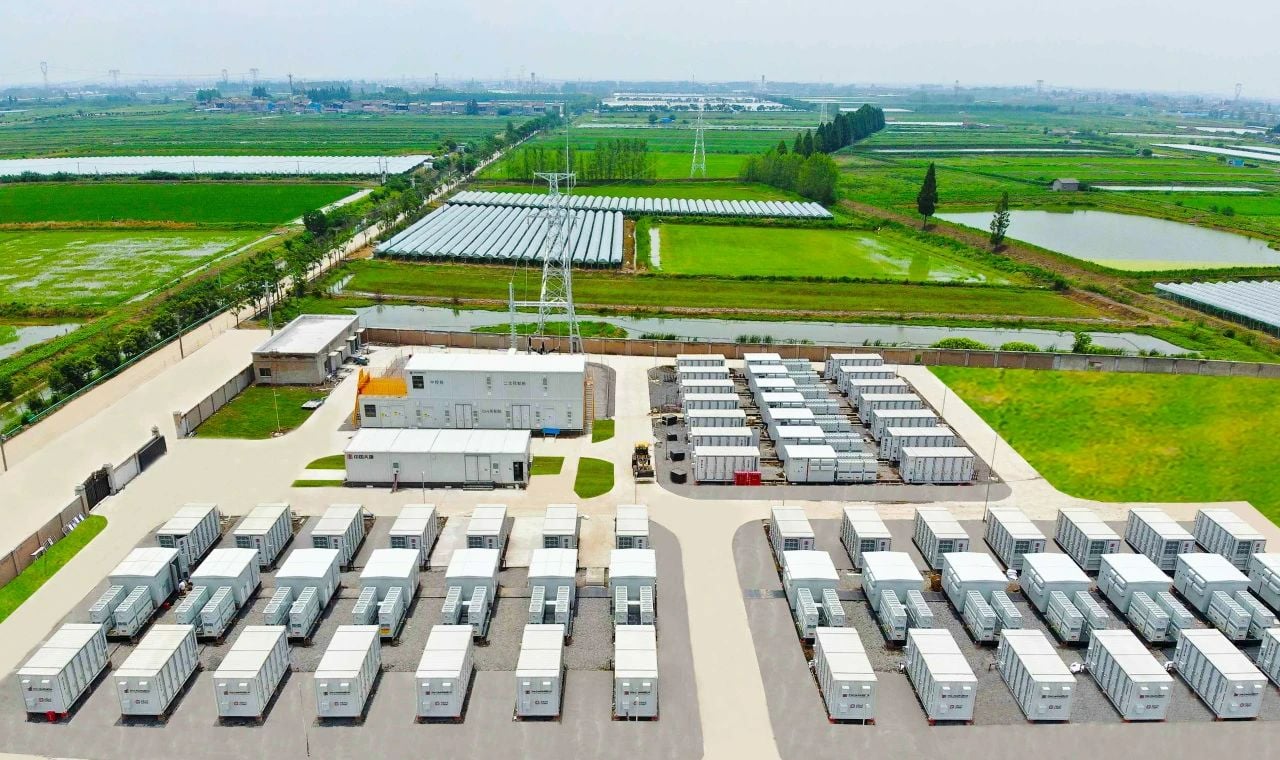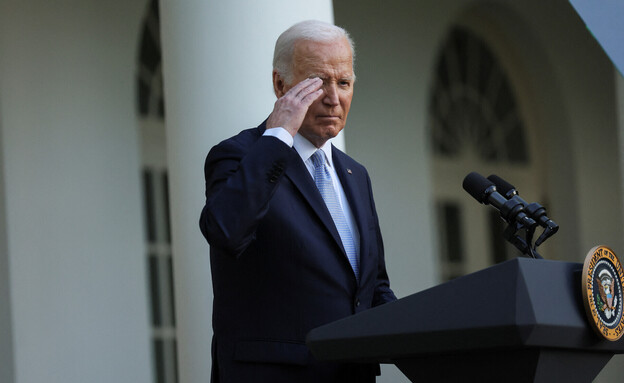Sodium-ion technology is set to double its capacity with a new project that will make it one of the largest sodium-ion projects in the world. The project, led by Datang Hubei Energy Development, consists of 42 BESS containers with sodium-ion batteries, 21 power conversion system units, and a booster station. This development is part of a national effort to build large-scale storage projects using non-lithium technologies.
Sodium-ion batteries offer advantages such as better round-trip efficiency and cycle lifetime at extreme temperatures. However, commercialization of sodium-ion technology has been slower than anticipated due to concerns about its lower energy density and potentially higher cost compared to lithium-ion. Nevertheless, it is projected that sodium-ion batteries will be cheaper by 2025.
The general manager of HiNa Battery predicts that a terawatt-hour sodium-ion battery industry will emerge by 2030. China’s investment in sodium-ion technology reflects its strategic approach to securing a stable supply chain for battery materials in the future. With abundant reserves for sodium-ion battery minerals and limited reserves for mining lithium, China’s dominance in the lithium supply chain has raised concerns about being excluded from the lithium supply chain in the long term.
In conclusion, the sodium-ion project represents a significant step towards developing large-scale storage solutions using non-lithium technologies. While there are still challenges to overcome before widespread commercialization can be achieved, this development highlights China’s commitment to securing a stable supply chain for battery materials in the future.



